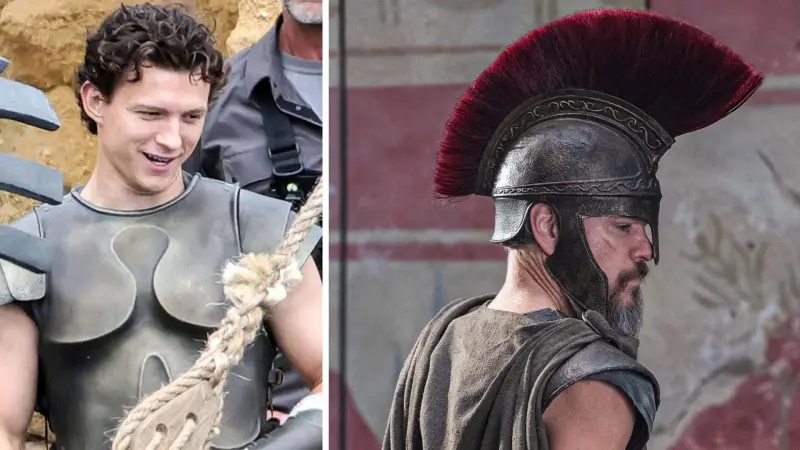A Remarkable Viking Discovery
Archaeologists have made a groundbreaking discovery regarding the ownership of the Galloway Hoard, one of the most significant Viking-era treasure collections ever found in Britain and Ireland. This extraordinary cache, weighing over 5kg and consisting of gold, silver, and other valuable objects, was unearthed in 2014 by a metal detectorist in Balmaghie, near Kirkcudbright.
Recent research by National Museums Scotland has revealed a newly translated runic inscription that suggests the treasure was not owned by an individual but belonged to an entire community.
Deciphering the Runes: A Game-Changing Translation
A key piece in the hoard, a silver “ribbon” arm ring, contains a runic inscription that has puzzled scholars for years. After extensive analysis, researchers have now translated the message to read: “This is the community’s wealth/property.”
Dr. Martin Goldberg of National Museums Scotland described this revelation as a significant step forward in understanding the hoard’s origins. He emphasized that while the translation answers a crucial question, it also raises new ones: Which community owned this treasure, and under what circumstances was it buried?
A Religious Connection?
The runic inscription has now been translated to read: “This is the community’s wealth/property.” (National Museums Scotland/PA Wire)
Certain artifacts within the hoard, such as a pectoral cross and a rock crystal jar associated with Bishop Hyguald, suggest that the treasure may have belonged to a religious community. Previous interpretations had proposed that the hoard was divided among four owners due to the presence of four inscribed arm rings. However, this latest finding shifts the focus towards a communal rather than individualistic ownership.
Cracking the Code: How Scholars Unlocked the Meaning
For years, runologists struggled to decode the inscription, particularly a segment that read “DIS IS IIGNA F.” The breakthrough came when researchers realized the final rune, “F”, was marked with dots—indicating the word “feoh”, an Old English term meaning “wealth” or “property.”
Further analysis suggested that “IIGNA” could be a misspelled version of “higna”, a word used in Old English to refer to a religious group or monastic community. The first letters were written in an unusual but recognizable way. Similarly, “DIS” was interpreted as a misspelling of “this,” where the “Th” sound was replaced with a “D.”
Runologist Dr. David Parsons from the University of Wales acknowledged the difficulties in translating the inscription but ultimately found the new interpretation compelling. He pointed out that historical writing often included regional and idiomatic variations, making this alternative reading plausible.
A Milestone in Viking Research
The translation marks the conclusion of a three-year research project, Unwrapping the Galloway Hoard, initially funded by the UKRI Arts and Humanities Research Council. Christopher Smith, chairperson of the project, expressed excitement about this latest breakthrough, highlighting the succession of remarkable discoveries surrounding the hoard.
Experts believe the hoard belonged to the community (National Museums Scotland/PA Wire)
A Global Exhibition
As research continues, the Galloway Hoard is set to captivate audiences worldwide. The silver arm ring bearing the inscription will be displayed at the South Australian Museum in Adelaide as part of the Treasures of The Viking Age: The Galloway Hoard international exhibition, opening this Saturday.
This new discovery not only reshapes our understanding of Viking-age society but also reinforces the significance of the Galloway Hoard as a historical treasure of communal wealth and heritage.









